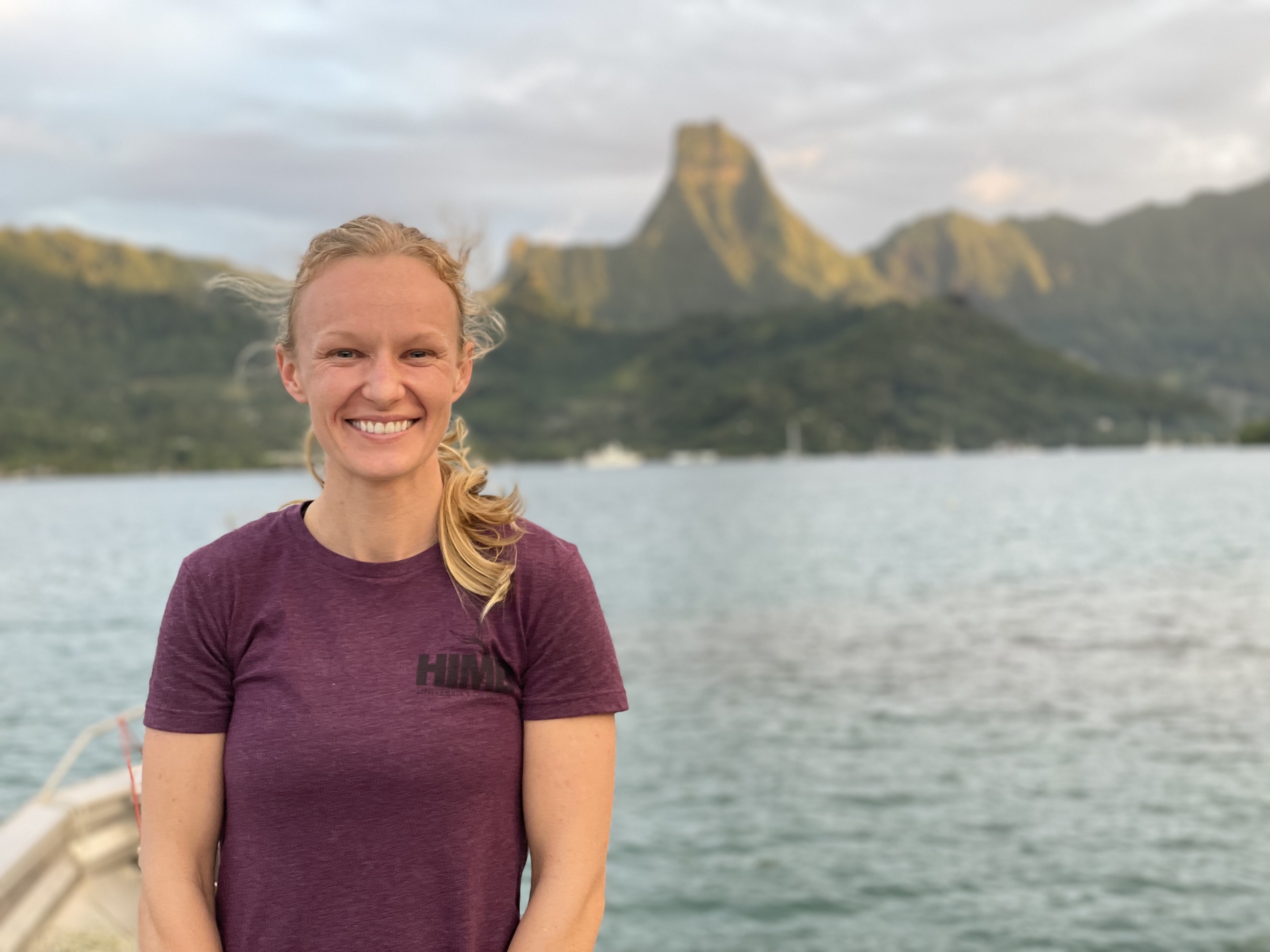Oyster outplant fall assessment at Goose Point Dec 11
Assessment of oyster survival and growth at Goose Point oysters. This assessment is our fall time point. We will assess again in the spring.
Overview
We outplanted oysters at Goose Point this past summer (June) after conducting sub-lethal stress hardening treatments (Effort E). We assessed growth and survival in September and again today.
More information on this project can be found in the GitHub repo and my past notebook posts.
Today my goal was to take images of oysters for size and survival measurements, download temperature loggers and maintain the cages.
Growth and survival assessment
The oysters in the cages grew a lot over the last few months! The cages were heavily fouled with barnacles, so I moved oysters in to new baskets during the assessment.



For each cage, I emptied the oysters onto the table, spread them out, and took an image with the cage tag and a scale bar. I will use these images to 1) count number of alive oysters and 2) measure oyster length and widths. In the last assessment, we measured length, width, and depth of every individual. I will use these data to generate nonlinear models to estimate depth based on length and width from my images from today. This will be done with an individual regression for each treatment group.
During this process, I recorded the presence of any dead oysters. Any dead oysters were placed just off the platform so that I can measure their size as well. Dead shells were discarded. This was very rare, almost everything survived.
After an image was taken, I reattached the tag and loggers (if present) and added the oysters to the new cages. They will be put back in the field at the same location.
Here are images and notes for each cage. All images are stored on GitHub.
Cage 080
1 oyster was dead, all others were alive

Cage 081
No oysters were dead. I accidentally cracked one during the process, so it may not survive until next assessment.

Cage 082
This cage had noticably smaller oysters, but none were dead. This is likely because this cage fell off the line a couple of months ago and was in the mud for an unknown period of time. It was replaced when found, so that is why the cage had fewer barnacles. This likely affected growth and the bag may need to be removed from analysis.

Cage 083
No oysters were dead.

Cage 084
No oysters were dead.

Cage 085
No oysters were dead. Temp logger 22023400.

Cage 086
No oysters were dead.

Cage 087
No oysters were dead.

Cage 088
No oysters were dead.

Cage 091
No oysters were dead.

Cage 094
No oysters were dead. Temp logger 22023403.

Cage 095
1 dead oyster.

Cage 096
1 dead oyster. Temp logger 22023397.

Cage 097
No oysters were dead. Temp logger 22023394.

Temperature loggers
I downloaded all four loggers today and cleaned them to remove barnacles. Each logger has used only 17% of memory, so I did not clear the memory and kept them deployed at their current settings.
Files were downloaded and added to GitHub here.
Loggers were reattached in their same cages.
- Logger 22023394: Cage 097
- Logger 22023400: Cage 085
- Logger 22023397: Cage 096
- Logger 22023403: Cage 094
Next steps
- Analyze temperature data and send to Goose Point manager
- Measure oyster size from images
- Count oysters in each basket for survival
We will assess outplants again in the spring, when the farm typically sees some inital mortality.


